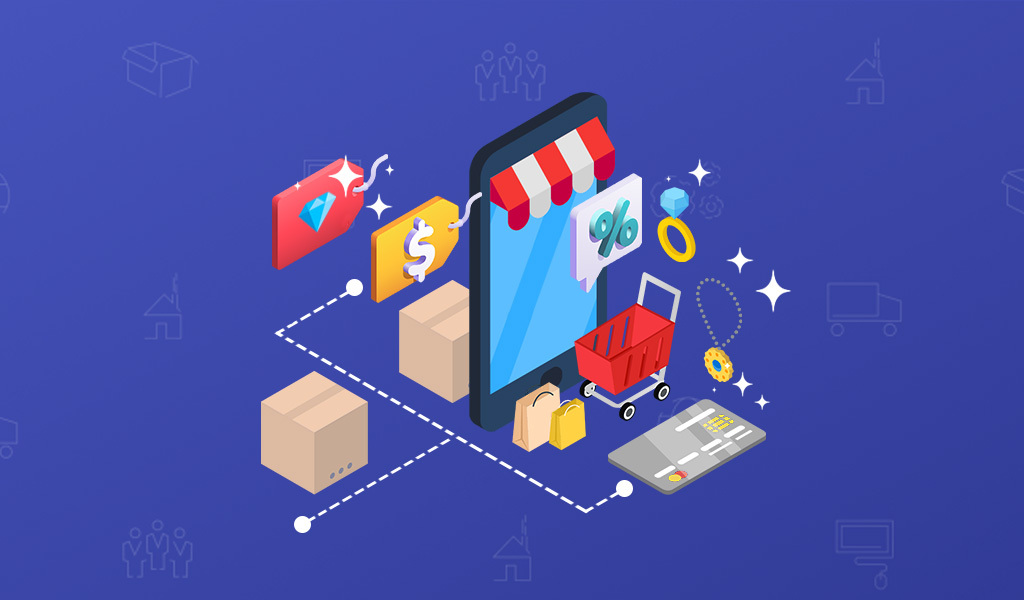News and Insights
E-commerce, Logistics, and Small Business Management
Freight-Ready Fulfillment: Palletized and LTL Shipments for Wholesale Jewelry Brands

Jewelry may be small, but wholesale shipments don’t always stay that way. When you’re fulfilling purchase orders for national retailers, preparing trade show inventory, or consolidating restocks for a large distributor, those small boxes start adding up—fast.
At a certain scale, padded mailers and parcel shipments just don’t cut it. You need palletized, LTL-ready shipping that can protect your products, meet retailer expectations, and coordinate smoothly with freight carriers.
Even if it’s only an occasional need, your jewelry fulfillment partner must be equipped to handle freight workflows—with accuracy, care, and professionalism.
Why Jewelry Brands Sometimes Need Freight
Most jewelry brands think of LTL (less-than-truckload) shipments as something for furniture, apparel, or high-volume CPG brands. But in wholesale contexts, freight can make sense even for small, high-value products.
Common use cases include:
- Department store POs that consolidate dozens of SKUs into multi-carton shipments
- Display kits that require larger-than-average cartons or hard-sided cases
- Trade show inventory sent ahead in bulk to booths or storage units
- Distributor restocks that include high volume of core SKUs or pre-packs
- International or cross-country shipments where freight is more economical than parcel
In all of these cases, carton count, total weight, and presentation matter just as much as what’s inside.
What Pallet-Ready Fulfillment Requires
To avoid chaos, damage, or rejection at the receiving dock, your wholesale fulfillment partner needs more than a pallet jack and shrink wrap. Freight-ready fulfillment requires dedicated space, disciplined processes, and freight-literate coordination.
Here’s what it takes:
1. Pallet Building and Stacking Protocols
Wholesale jewelry shipments can include a wide variety of carton types—display cases, master cartons, inner packs. Palletizing them safely and logically takes care.
Key capabilities include:
- Stacking to weight and size specs – Heavier boxes on bottom, fragile items on top, balanced across the pallet footprint
- Height and weight management – Retailers often impose limits on pallet height and total weight per shipment
- Mixed SKU management – Grouping cartons by store, region, or display type for easier receiving
- Corner protection and box alignment – Preventing crushing, shifting, or tipping during transit
A poorly built pallet doesn’t just risk damage—it undermines your professionalism.
2. Stretch Wrapping and Stability Securing
Once built, every pallet must be protected for transport.
That means:
- Tight, clean stretch wrapping – With bottom wrap coverage to secure the load to the pallet
- Corner boards or edge guards – Especially for branded display cartons or retail-facing boxes
- Top sheeting – To protect from dust, debris, or incidental moisture
- Layer labeling – When required by the retailer or helpful to the receiving team
The goal is to ensure that what leaves your dock looks the same when it arrives.
3. Carton and Pallet Labeling
Retailers receiving freight often require both case-level and pallet-level labeling for quick intake.
That includes:
- UCC-128 or SSCC labels on each carton
- Pallet content summaries affixed to the outside wrap
- Routing or PO information for receiving teams to match against ASNs
- “1 of 3”, “2 of 3”, etc. labels for multi-pallet shipments
Labeling errors at the freight level can delay intake or trigger chargebacks—even if the products themselves are perfect.
4. Carrier Coordination and Documentation
Freight doesn’t move itself—and it doesn’t show up on-demand like a parcel truck. Your fulfillment partner needs to manage:
- Bill of Lading (BOL) creation – Including NMFC codes, class, and consignee info
- Carrier scheduling – Coordinating dock time, liftgate requirements, and access constraints
- Freight provider alignment – Whether you use your own freight account, the retailer’s, or the 3PL’s preferred partner
- Proof-of-delivery handling – Capturing signatures, tracking updates, or incident reports
This kind of coordination is high-stakes. If done poorly, the shipment may never reach the retailer—or may incur unnecessary fees.
Common Pitfalls to Watch For
Jewelry brands new to freight often fall into predictable traps:
- Assuming parcel is always cheaper – For larger or multi-carton shipments, LTL can be more efficient
- Using improper packaging – Jewelry cartons aren’t always built for stacking—reinforcement may be needed
- Skipping documentation – Missing BOLs or incorrect PO references can delay intake or generate chargebacks
- Underestimating lead times – Freight moves slower than parcel—retailers plan intake accordingly
Freight may not be your day-to-day—but when it’s required, it has to go smoothly.
Final Thoughts: Freight Readiness Is a Professional Standard
Even if most of your shipments go out in bubble mailers, your ability to handle wholesale freight speaks volumes. Retail buyers don’t want to chase down tracking, relabel crushed cartons, or wait two extra days because someone forgot to schedule a pickup.
Freight is about more than logistics. It’s about credibility.
Need a fulfillment partner who can handle jewelry freight without the chaos? Let’s talk!

Recent Comments